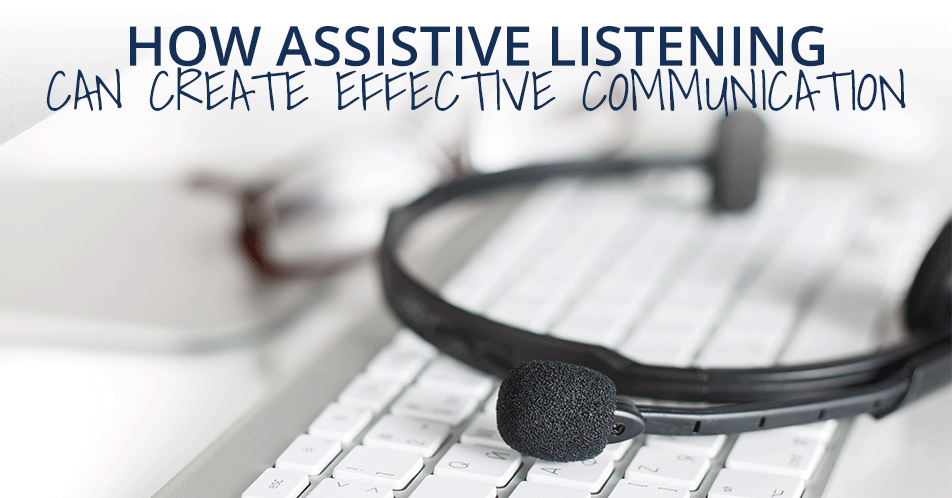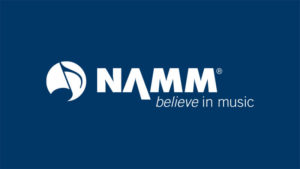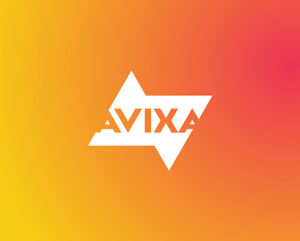
Many people are under the assumption that assistive listening devices only help people with hearing loss. However, assistive listening has many different components and can used in a variety of situations. They can be used during a noisy factory tour, to listen more closely to the audio in a sports bar, museum or gallery tours, during meetings or in conference rooms and, of course, to help the hearing impaired in any environment. At McFadden Sales, our products help achieve the goal of a higher level of communication and listening experiences for the user, the products just do so in different ways.
What is Assistive Listening?
For those who have varying degrees of hearing loss, technology has truly changed their aural lives. The primary device that most people are familiar with is the hearing aid, which has various sizes, models, and capabilities to allow those who otherwise couldn’t hear clearly like the rest of us. However, in some cases, these hearing aids aren’t enough, and that’s where assistive listening technology comes into play. However, not all assistive listening devices were created for people with hearing loss. These useful inventions are designed to help with telephone conversations, watching television or movies or just the ability to hear more clearly in a public venue, like at a speech, concert or guided tour. Below are a few of the best assistive listening devices to consider for yourself, your employees or your customers.
One of the goals of assistive listening technology is speech intelligibility, which is the ability to clearly and effectively comprehend what is being spoken; this can be useful in a variety of settings and situations. Depending on the needs of your business, there are many different types of assistive listening technology and various options of how they can be used.
Large Area Assistive Listening Devices
Large area assistive listening devices are the most familiar, meant for houses of worship, movie theaters, and auditoriums. They consist of FM radio, Infra-Red Light and looped wire around the room, also known as an induction loop. All of these pick up sound at the source, be it from a podium, from the movie soundtrack or microphones on the stage of a concert. Each has their own advantages and disadvantages. The FM systems are the easiest to install, though it is prone to outside interference. FM systems operate in the same way your car radio does — by utilizing FM radio waves to broadcast the audio between transmitters and receivers. The Infra-red light system can be more expensive to install but offers many advantages. Infra-red systems utilize IR light as a means to communicate. By doing so, the audio or communication can be contained inside a single room and, and thus, offer a more secure, private experience to the users. The induction loop is by far the most difficult and costly to install but is the best for those who need assistive listening devices in a large area. This option uses a wire that circles the room and transmits the sound electromagnetically. Most loop systems are equipped with telecoil (t-coil) technology. This copper coil is used to boost the magnetic sound that you hear from your hearing device. T-coil technology has advanced drastically from where it began — the hearing aid.
ADA Compliance
McFadden’s partnered brand is Williams Sound — the industry leader in assistive listening products. All Williams Sound products are ADA compliant, and can easily be inserted into any application where effective, clear communication is of the utmost importance.
Product Highlights
The Digi-Wave™ system has a 2-way, wireless connection that offers simultaneous communication. This option is perfect for large facilities that hold events, such as a theater. Directors and crew members can easily communicate via this wireless intercom system with options of communicating one or two-ways.
An FM system will make your method of communication direct and clear. FM systems are ideal as a tour guide system, as it broadcasts the speaker’s voice or audio program through the transmitter and to the individual receivers, making the audio crystal-clear.
Last, but not least, a Loop system transmits the speaker’s voice directly to the listener’s hearing aid that is equipped with a T-coil. This option can be used in either small settings, such as in living quarters or conference rooms, or in large areas, such as houses of worship or movie theaters.
If assistive listening devices are needed for yourself, your employees, patrons or your customers at your business, contact us at McFadden Sales today. We’ve been the premier sales and marketing company for professional audio equipment for the Midwest since 1938 and specialize in just about everything having to do with sound.


